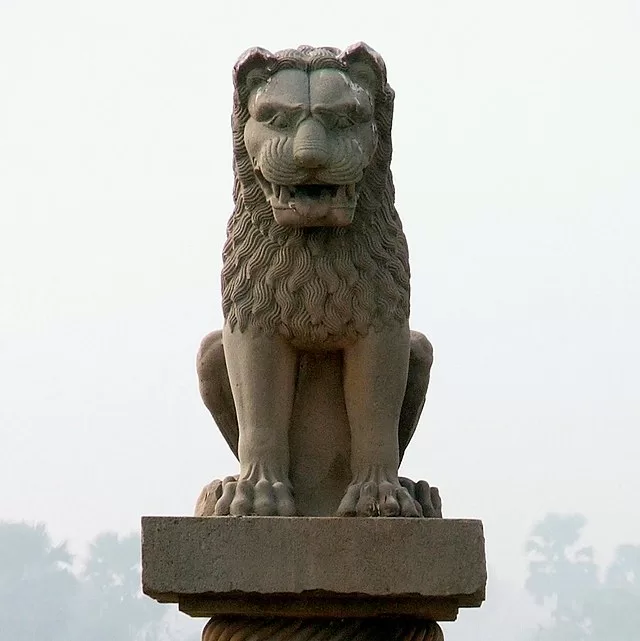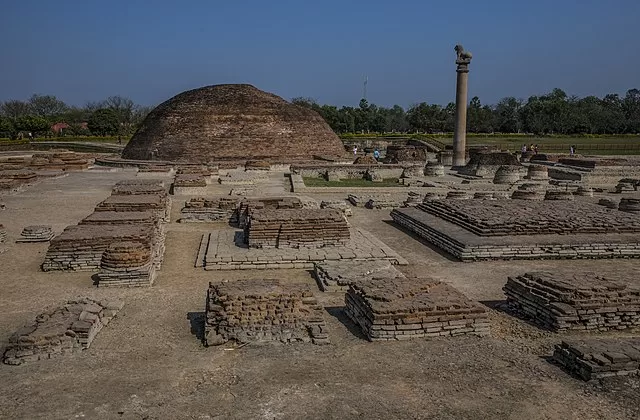Vaishali, an ancient city located in present-day Bihar, India, holds a significant place in history and cultural heritage. With a rich past dating back to the Vedic period, Vaishali has witnessed the rise and fall of empires, leaving behind a tapestry of stories and legacies. This article will delve into the historical, cultural, and spiritual aspects of Vaishali, shedding light on its importance and influence over the ages.
Historical Background of Vaishali
Vaishali finds mention in several ancient texts, including the Vedas and the Jataka tales. It was one of the sixteen Mahajanapadas, or great kingdoms, during the 6th century BCE. The city was ruled by prominent dynasties, such as the Licchavis and the Vajjis, who played a crucial role in shaping its destiny.
Geographical Significance
Situated on the banks of the Gandak River, Vaishali’s geographical location added to its prominence. The fertile lands supported agriculture and trade, making it an essential center for commerce during ancient times.
Cultural Heritage
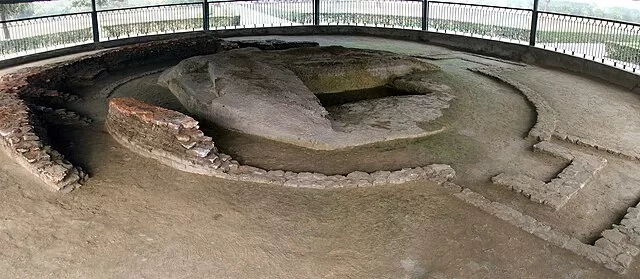
Temples and Monuments
Vaishali boasts numerous temples and ancient monuments that offer glimpses into its illustrious past. The Kutagarasala Vihara, Relic Stupa, and Coronation Tank are among the notable attractions that attract history enthusiasts and spiritual seekers alike.
Festivals and Traditions
The city’s cultural vibrancy is evident during festivals like Vaishali Mahotsav and Buddha Purnima. These celebrations showcase the fusion of ancient customs and modern festivities, creating a unique experience for visitors.
Vaishali in Literature and Scriptures
The city finds mention in various ancient literary works, including Buddhist scriptures and Jain texts. The Jataka tales narrate stories of Lord Buddha’s life and his visits to Vaishali, adding to the city’s spiritual significance.
Influence on Buddhism
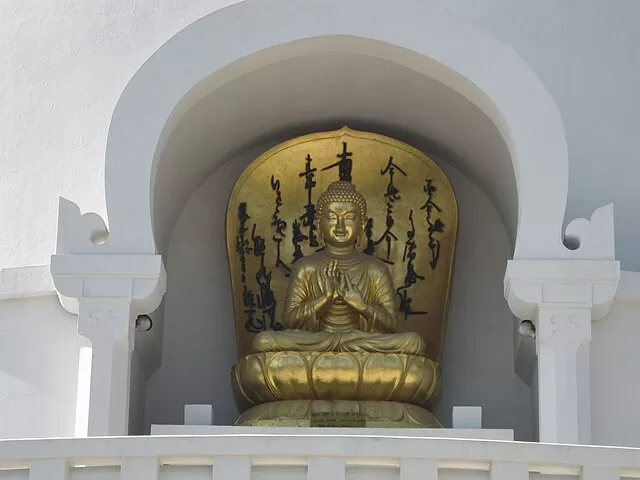
Buddha’s Visits to Vaishali
Vaishali held a special place in the heart of Lord Buddha, who visited the city multiple times during his lifetime. The famous Monkey Grove, where Buddha stayed, remains a revered site for Buddhists.
First Buddhist Council
After Buddha’s Mahaparinirvana, the First Buddhist Council was held in Vaishali to preserve his teachings. This significant event contributed to the spread of Buddhism across the Indian subcontinent.
Modern-Day Vaishali
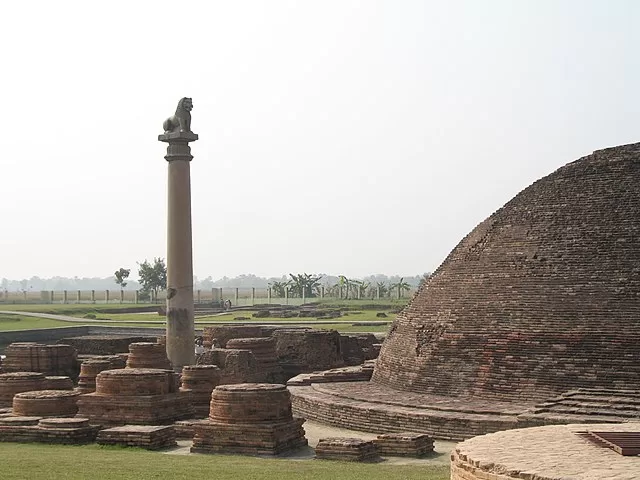
Socio-economic Aspects
Present-day Vaishali retains its rural charm while undergoing gradual urban development. Agriculture and handicrafts continue to be essential sources of livelihood for the locals.
Tourism and Development
Tourism has emerged as a vital economic activity, with travelers from across the globe visiting Vaishali to explore its historical and spiritual attractions. The government has undertaken initiatives to improve infrastructure and promote sustainable tourism.
Vaishali: An Emerging Hub
With its rich cultural heritage and growing economic opportunities, Vaishali is poised to become an important center for art, culture, and commerce. The convergence of tradition and modernity creates a unique identity for the city.
Conclusion
Vaishali, with its ancient roots and vibrant present, stands as a testament to the continuity of Indian civilization. As visitors step foot on its sacred soil, they are transported to a time of wisdom and enlightenment. This timeless city holds the promise of a bright future while cherishing its illustrious past.
FAQs
1. What is Vaishali famous for?
Vaishali is famous for being one of the world’s earliest republics and a significant historical and archaeological site. It holds great importance in both Buddhism and Jainism as a place where Lord Buddha gave his last sermon and Lord Mahavira preached.
2. Where is Vaishali located?
Vaishali is located in the Indian state of Bihar, about 55 kilometers north of Patna. It is situated on the banks of the Gandak River, making it an accessible and scenic spot for visitors.
3. What are the key attractions in Vaishali?
Some key attractions include the Ashokan Pillar, the stupa marking the Buddha’s last sermon, the ancient ruins of the city, and the famous Vishwa Shanti Stupa. The archaeological museum nearby also offers a fascinating glimpse into its rich past.
4. Why is Vaishali important in Buddhist history?
Vaishali is crucial in Buddhist history because it was one of the places where Lord Buddha preached after enlightenment. It is also where he announced his impending death and gave his last teachings to his disciples.
5. How can I reach Vaishali for a visit?
Vaishali is well connected by road from Patna, which has the nearest airport and railway station. You can take a taxi, bus, or even plan a day trip to explore this historic town comfortably.

